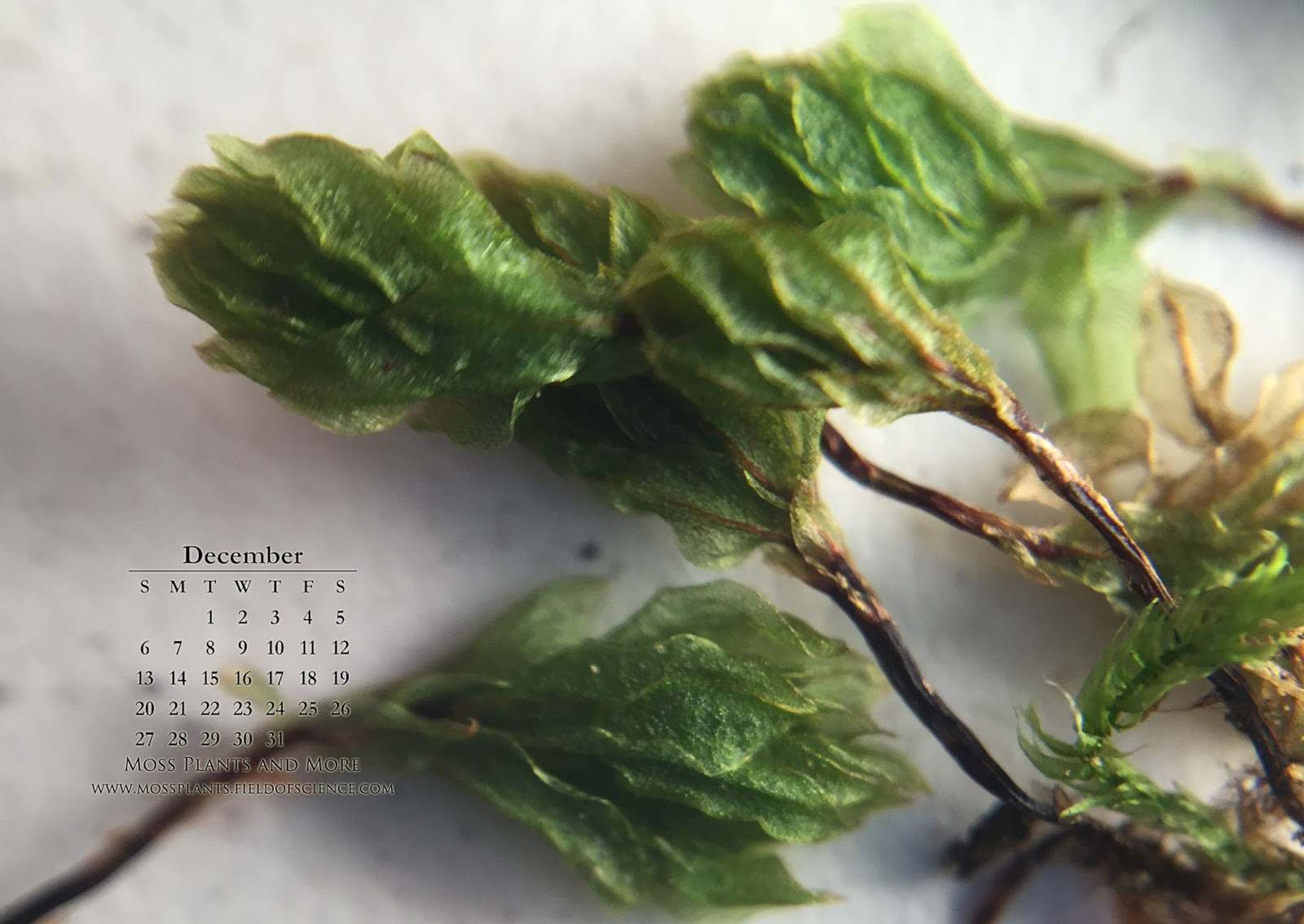

Taylor ARA, Chen LC-M (1973) The biology of Chondrus crispus Stackhouse: systematics, morphology and life history. Silvertown JW (1982) Introduction to plant population ecology.

Rhodophyceae IV (Gigartinales, Rhodymeniales, Nemastomatales). Rosenvinge KL (1931) The marine algae of Denmark. McLachlan JL, Lewis NI, Lazo ML (1988) Biological considerations of Chondrus crispus Stackhouse (Rhodophyta, Gigartinaceae) in the southern Gulf of St.

McCandless EL (1981) Biological control of carrageenan structure: effects conferred by the phase of life cycle of the carrageenophyte. Lüning K (1985) Meeresbotanik: Verbreitung, Ökophysiologie und Nutzung der marinen Makroalgen. Lazo ML, Greenwell M, McLachlan J (1989) Population structure of Chondrus crispus Stackhouse (Gigartinaceae, Rhodophyta) along the coast of Prince Edward Island, Canada: distribution of gametophytic and sporophytic fronds. MSc Thesis, Dalhousie University, Halifax NS. Lazo ML (1987) Population structure of Chondrus crispus Stackh. In: Hellebust JA, Craigie JS (eds), Handbook of phycological methods, Vol. Hydrobiologia 151/152: 223–228.Ĭraigie JS, Leigh C (1978) Carrageenans and agars. 50: 1055–1060.Ĭorrea J, Nielsen R, Grund DW, McLachlan J (1987) Endophytic algae of Irish moss ( Chondrus crispus Stackh.). 91: 217–231.Ĭhen LC-M, McLachlan J (1972) the life history of Chondrus crispus in culture. crispus, which in turn has permitted extensive commercial exploitation of this seaweed.īhattacharya D (1985) The demography of fronds of Chondrus crispus Stackhouse. This may account for much of the ecological success of C. crispus has evolved an efficient morphological structure. A consideration of the plant suggests that C. Larger fronds, which commonly bear both epi- and endophytes, resulting in dysfunctions, are more apt to be lost from the plant, as are fertile fronds. Reproductive structures are associated with the larger fronds of a plant even though others may be potentially reproductive. Density declines in part because of frond losses so that larger plants are composed of a few larger fronds and numerous smaller ones, with a greater proportion of the biomass becoming concentrated in the larger fronds. The proportional increase in weight of the fronds is greater than the increase in the area of the holdfast and with a concomitant decline in density of fronds the mean weight of the fronds also increases. As the area of the holdfast increases, both the number of fronds and their total weight increases. The holdfast determines the limits of the plant, and a simple mathematical description is given which relates several frond parameters with area of the holdfast. The plant of Chondrus crispus, an isomorphic species, is composed of a crustose holdfast bearing a number of erect, foliose fronds.


 0 kommentar(er)
0 kommentar(er)
